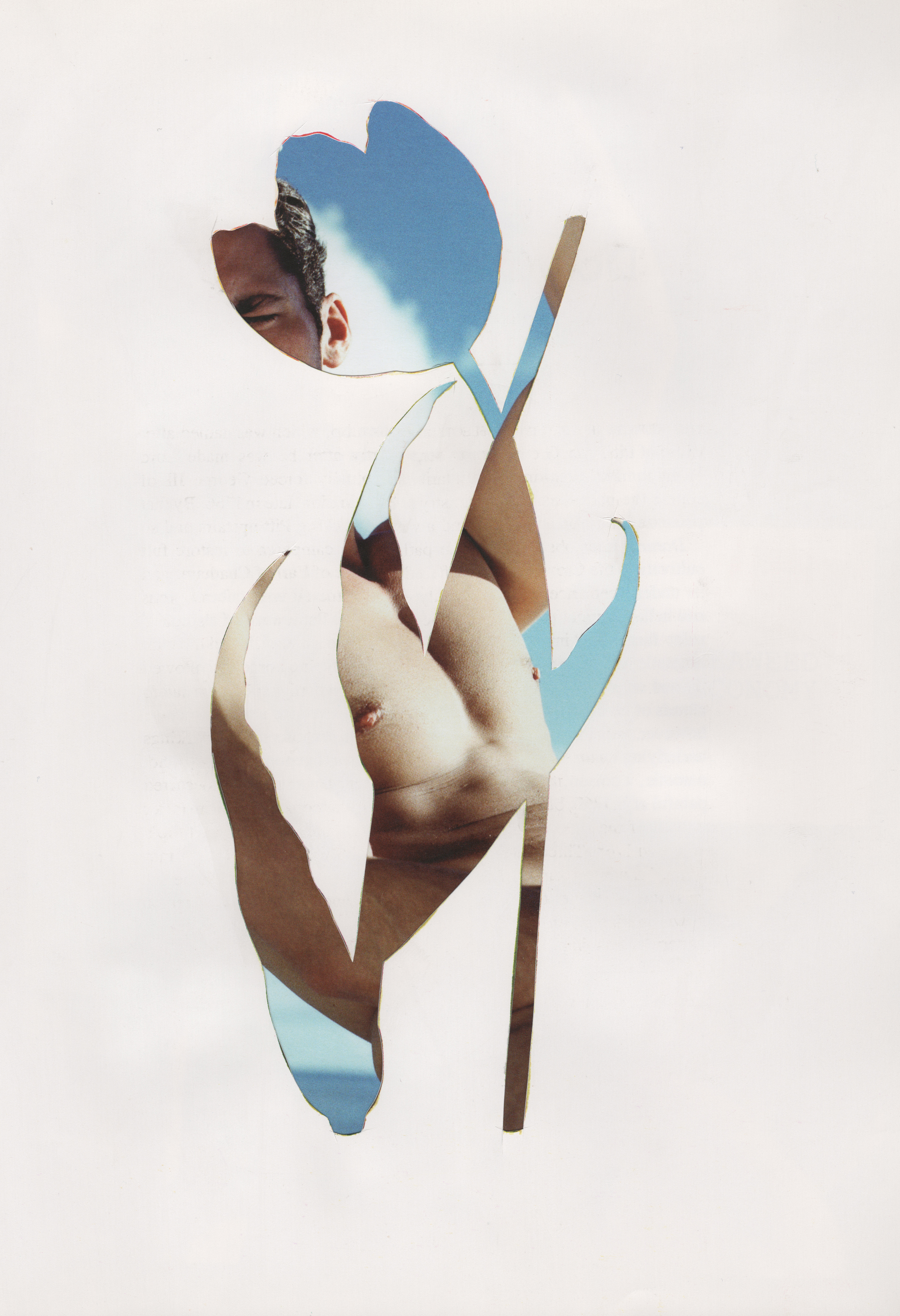flowers
My mind fell into the gutter. Willingly, I admit. This is much more than a flower, I thought, as my eyes glazed the gentle lily petals and its overtly erotic stamen. I felt warm. A giggle walked out of my mouth into the silent museum hall with arms flailing, smacking pensive museum-goers.
I had never heard of Robert Mapplethorpe until I ran into one of his photographs at the Contemporary Arts Center in downtown Cincinnati. I was new to the city. And my knowledge of its art history was negligible.
The exhibition was titled “After The Moment”. It reexamined the work of Robert Mapplethorpe and his historic show 25 years previous. His 1990 exhibition “The Perfect Moment", featured sensitive but blunt images of child nudity, gay S&M culture, and sensual flowers - each of which alone contained enough vulgarity to drive daggers through the nerves of one of the most conservative cities in the nation. "Obscenity or art?” the headlines demanded. Fear driven by the AIDS crisis and the resulting culture war dripped from the sky nationwide. Conditions for the perfect cultural storm brewed, and Cincinnati, one of the more conservative cities in the nation, was especially primed.
So when it was discovered public money funded the Mapplethorpe exhibition (via the National Endowment for the Arts), conservatives, led by the Christian organization Citizens for Community Values, filed a lawsuit. It’s publicly funded pornography they argued. Plain and simple.
And this spark ignited a dry forest.
This was the first time in the U.S. that an art museum and its director faced criminal charges for an exhibition. Soon, protestors filled the streets on both sides. "If you give artists freedom of expression, then everyone will want it," read a banner held by five protests supporting Mapplethorpe's exhibition. "Art by any other name (PORN!) smells the same," claimed a sign on the opposing side.
Like an embarrassed 3rd grader at a national high school spelling bee, the resulting cultural battle put this Midwest city on center stage. News about the lawsuit quickly washed over the East and West coasts, who wasted no time spraying back barrages of criticism. Outrage flooded Cincinnati, widely condemned as a backwards city that would rather jail an art director than be challenged by uncomfortable art.
I'm happy to say it is a happy ending for art and the LGBT world. The jury eventually found the defendants not guilty of all charges.
Now, 25 years later, Cincinnati looks back at this historical moment for art and LGBT rights as a changed city. Old photographs depicting protestors opposing the Mapplethorpe exhibit look inappropriate for this modern city which has drastically reversed its mindset and even taken leadership on LGBT rights. More than two decades later, it was Cincinnati-native Jim Obergefell who, believe it or not, stood at the center of the historic case last year which guaranteed a fundamental right for same sex couples to marry nationwide.
Among many things, Mapplethorpe’s photographs inspired me to think about flowers, and how the eroticism of nature, especially flowers, mirrors that of the male body. And as always, I am left with more questions than answers. Is it possible to celebrate an idealized male form without wielding it as a weapon against all other bodies? What does modern culture's obsession with the male form mean for how we regard the nature? How can gender and queer liberation be coupled with the liberation of the natural world?
Regardless, I learned (surprisingly), that important questions can be raised even while nestled deep within the proverbial gutter. And through art, I can uplift these questions and hopefully push cultural thought boundaries, just like Mapplethorpe did 25 years ago.













gallery









